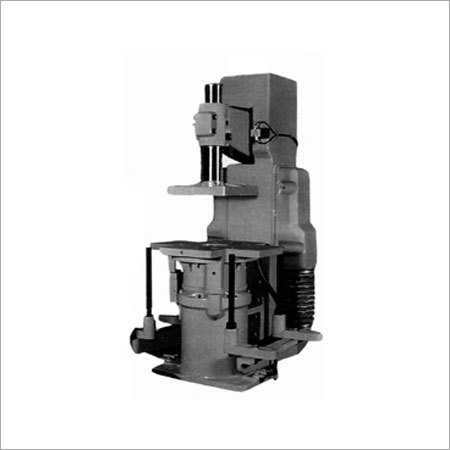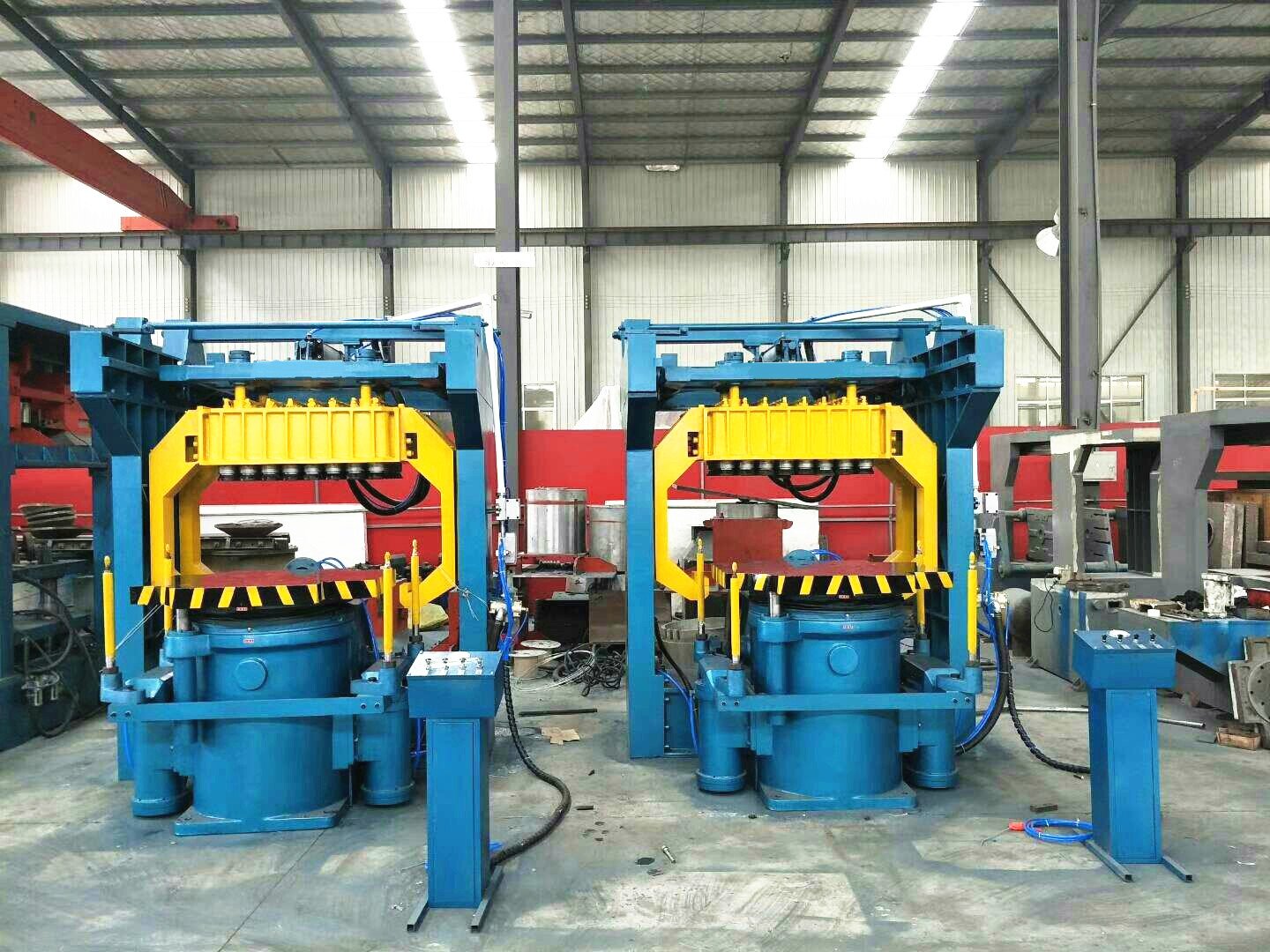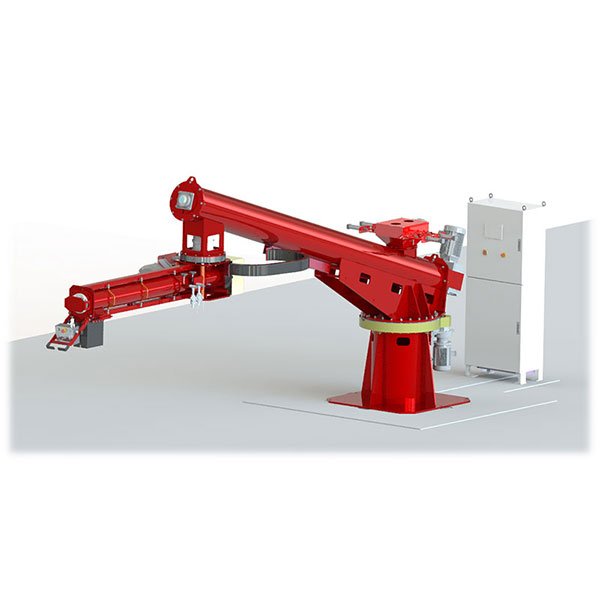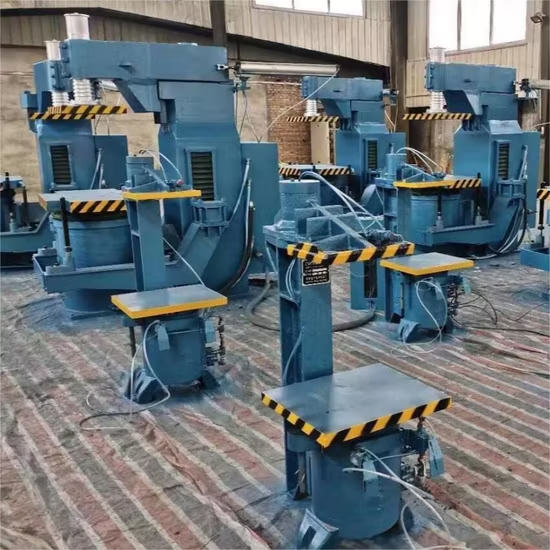
Green sand casting isn’t new—but it continues to be a cornerstone in modern metal manufacturing for good reason.
Green sand casting uses a moist sand mixture to create molds for metal castings. It’s flexible, economical, and scalable, making it a go-to process for many foundries worldwide.
Having worked with foundry equipment for over 20 years, I’ve seen firsthand how this method balances simplicity and performance, even as new technologies emerge.
What Is Green Sand Casting?
The "green" here doesn’t mean eco-friendly—it refers to the moisture in the sand.
Green sand casting uses a wet sand mixture of silica sand, clay (bentonite), and water to form molds that hold molten metal. The mold is used in its "green" (unhardened) state.
Dive deeper
The process involves packing sand around a reusable pattern, removing it to form a cavity, then filling that cavity with molten metal. After cooling, the sand mold is broken away to reveal the casting.
This approach is used widely in automotive, heavy equipment, and general engineering sectors due to its versatility and cost-effectiveness.
Step-by-Step Green Sand Casting Process
Understanding each stage helps when planning for automation or scaling production.
The main steps include pattern making, mold preparation, pouring, cooling, and finishing.
| Step | Description |
|---|---|
| Pattern Making | Create a pattern in the shape of the part. |
| Sand Packing | Pack green sand around the pattern. |
| Mold Assembly & Pouring | Assemble and fill with molten metal. |
| Cooling & Shakeout | Allow to solidify, then break away mold. |
| Finishing | Remove gates, risers, and clean surfaces. |
Automated molding lines can significantly reduce human error and cut cycle times by up to 60%, especially in medium to high-volume production.
Green Sand Molding Machines: Why Use Them?
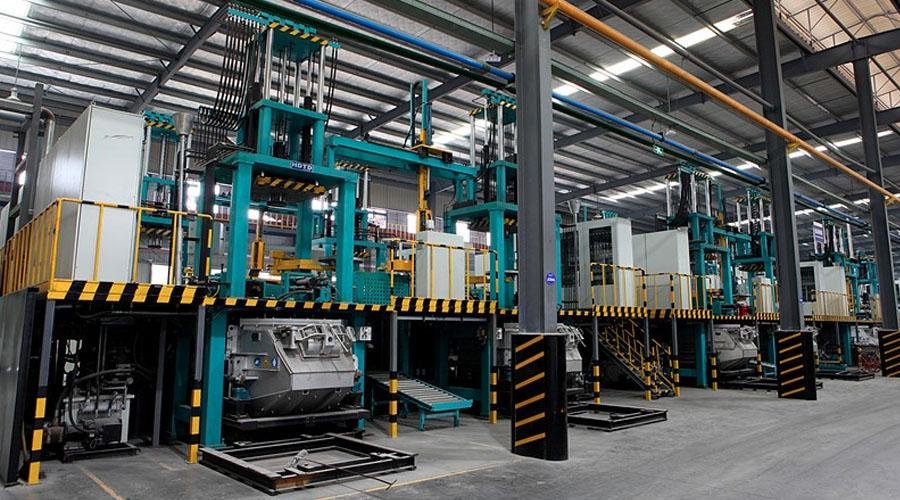
Manual ramming is labor-intensive and inconsistent.
A green sand molding machine automates the sand compaction process, improving mold uniformity and production speed.
Dive deeper
Benefits I’ve seen in the field include:
- More consistent mold hardness and density
- Faster mold turnaround per shift
- Reduced scrap rates from uneven compaction
- Less dependency on operator skill
Options range from jolt-squeeze machines to fully automatic vertical lines. Shops producing hundreds of molds daily often recover their investment within two years.
Composition of Green Sand for Molding
The right sand mix is essential to avoid defects.
Typical green sand mix: ~85% silica sand, ~11% bentonite clay, ~4% water, plus optional additives.
| Component | Approx. % | Role |
|---|---|---|
| Silica Sand | ~85% | Base structural material |
| Bentonite Clay | ~11% | Binding agent |
| Water | ~4% | Activates clay bond |
| Additives | ≤1% | Improve finish, reduce gas defects |
Regular sand testing (moisture, compactability, and permeability) is crucial to keep defect rates low.
Advantages of Green Sand Casting

Despite its age, green sand casting offers strong advantages.
It’s cost-effective, quick to set up, and highly versatile across metal types.
Dive deeper
- Lower initial investment: No curing ovens or chemical binders.
- Fast cycle times: Rapid mold production and cooling.
- Reusable sand: Reduces raw material costs.
- Material flexibility: Iron, aluminum, steel, and more.
- Easy scalability: From small workshops to large automated lines.
This combination is why many auto and agricultural part suppliers stick with green sand despite higher-precision options.
Limitations of Green Sand Casting
Every process has trade-offs.
Green sand is not ideal for parts requiring very tight tolerances or high-end surface finishes.
| Limitation | Explanation |
|---|---|
| Rougher surfaces | More secondary finishing needed. |
| Less precise tolerances | Difficult to control shrinkage. |
| Gas porosity risk | Requires strict sand and vent control. |
| Pattern wear | Moisture accelerates wood pattern damage. |
High-value aerospace or medical components often require alternative methods like investment casting.
How Large Can Green Sand Castings Be?
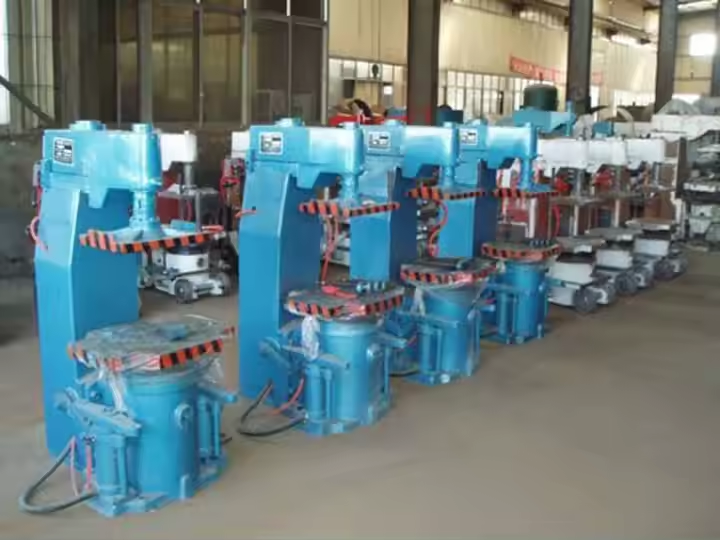
Green sand isn’t just for small parts.
Parts up to ~7,000 lbs are possible, depending on flask size and mold support.
| Casting Process | Max Typical Weight |
|---|---|
| Green Sand | ~7,000 lbs |
| No-Bake | 20–50 tons |
| Investment | ≤100 lbs |
Heavy industrial parts, like large housings, can still be economically made in green sand with careful design and reinforced mold supports.
What Happens to Green Sand After Casting?
Every casting cycle leaves sand behind — but it doesn’t go to waste.
Most green sand can be reclaimed (up to 90%) and reused with reconditioning.
| Step | Purpose |
|---|---|
| Screening | Remove lumps and metal residues. |
| Cooling | Prepare sand for mixing. |
| Additive adjustment | Restore moisture and clay content. |
| Dust removal | Control emissions and meet safety standards. |
While initial investment in reclamation systems can be high, most medium-to-large foundries find payback within a few years through lower sand costs and environmental compliance.
Green Sand Molding Machines vs Other Methods

Where does green sand stand among alternatives?
Green sand molding machines deliver a strong balance of cost, speed, and flexibility for high-volume parts.
| Factor | Green Sand | No-Bake | Shell Molding |
|---|---|---|---|
| Setup Cost | Low | Medium | High |
| Speed | Fast | Moderate | Slow |
| Surface Finish | Moderate | High | Very High |
| Tooling Flexibility | High | High | Low |
When surface finish and fine tolerance are critical, other methods win. But for general industrial parts, green sand remains unmatched for value.
FAQs
Q: Can green sand really be reused repeatedly?
A: Yes — with proper screening and additive adjustment, up to 90% can be reused.
Q: How often do green sand molding machines need maintenance?
A: Typically every 2,000–3,000 cycles for preventive maintenance.
Q: What metals can be cast?
A: Iron, steel, aluminum, bronze, and more.
Q: Can the process be fully automated?
A: Absolutely. Modern systems include automated flask handling, pattern exchange, and mold ejection.
Conclusion
Green sand casting remains one of the most versatile and cost-effective casting solutions in manufacturing today.
With the right molding machines and sand control, it offers a powerful mix of speed, flexibility, and economic efficiency. If you’re aiming for robust production without overcomplicating the process, green sand could be exactly what you need.
Meta Description: Discover why green sand casting is still a top choice in modern metal manufacturing — see how it works, its advantages, and how molding machines make it scalable and efficient.


